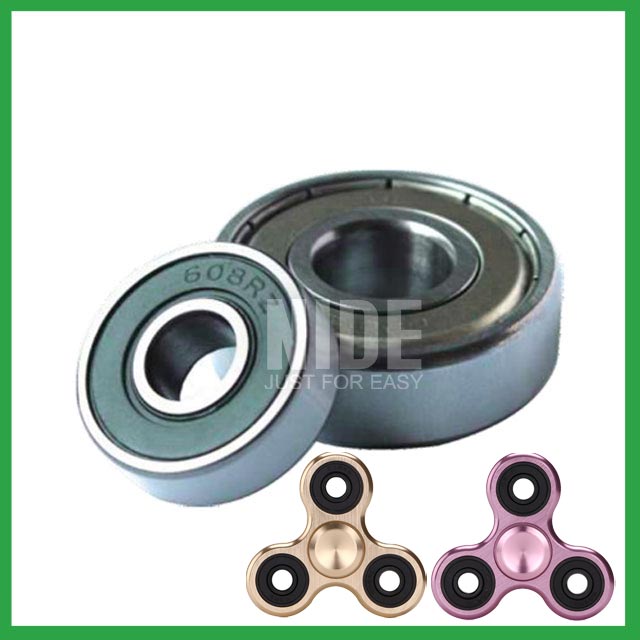PRODUCTS
CONTACT US
Ningbo Nide International Co., Ltd.
一一
· Contact person:Jack Zeng
· Mob/Whatspp/WeChat:0086-13738869026
· Email:emarketing@nide-group.com;marketing4@nide-group.com
· Add:No. 169, Wohushan Road, Daqi Subdistrict, Beilun District, Ningbo, China

Nide team could manufacture ball bearing as per customer’s drawing and samples.
If customer only has samples, we could also design drawing fo r our customer.
We also provide customized service.
Our ball bearing is widely applied the different industrials.
Haishu Nide International Co., Ltd is specialized in bearings export production selling and after-service. In practice for many years, we established strict quality assurance system. Our products range covers fan,magnet,carbon brush,ball bearing,thermal protector,motor cover and lamination,shaft,etc.We can do OEM products, and do following drawings.
Nide wishes is to provide world wide customers with one-stop service for the motor manufacturing. Make motor, turn to Nide, everything will be easy !
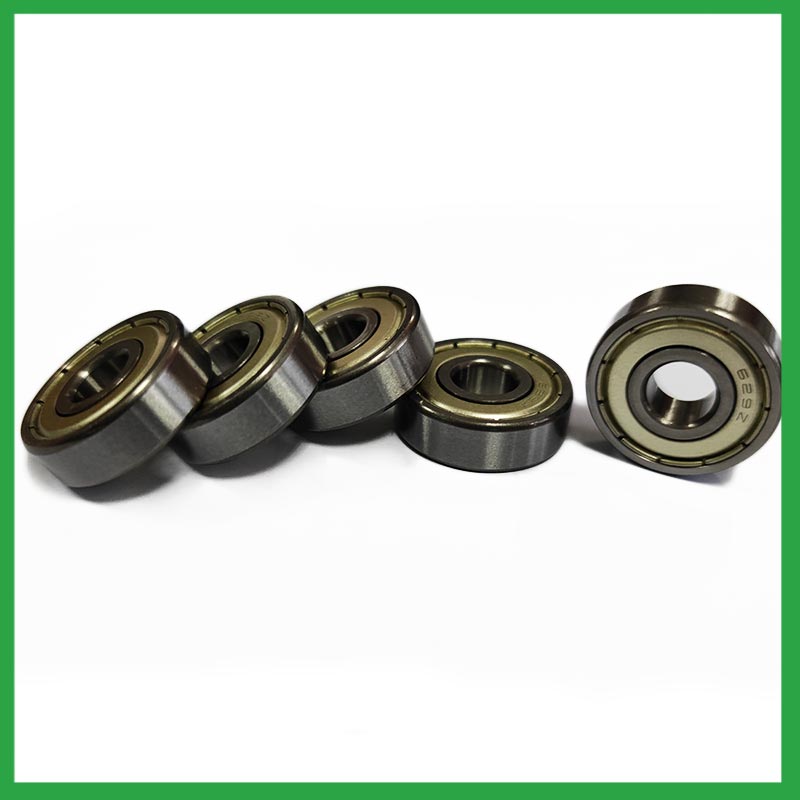
| Parameter | Information |
| Product Name | wooden ball bearing clock |
| Place of Origin | Ningbo,Zhejiang |
| Brand Name | Nide |
| Material | ceramics, etc. |
| Type | Ball |
| Warranty | 3months-1year |
| Port | Ningbo/Shanghai |
| Application | textile machinery,machine tools, etc. |
| Size(mm) | customize |
| Color | white+customized |
| Precision Rating | as per customer's requirement |
| Certification | ISO 9001 Certification,CE-stator coil forming machine,CE-insulation paper inserting machine,etc |
| Feature | Strong carrying capacity,Simple structure...etc |
| Packaging Details | Suitable for sea transportation |
| Service | one-stop service |
| Model Number | ball bearing |
| Supply Ability | 100000-500000 Piece/Pieces per Month |
| Lead time (days) | 15-20 (To be negotiated) |
Please note: The above table data is for reference only. For specific information, please contact us.
wooden ball bearing clock can be used in household appliances, such as washing machines,vegetable cutters,barrel machine spindle bearings,refrigerator door leaf wings, etc; It can also be used in industrial fields, such as weighing machines,motors,dishwashers,bearing cabinets, etc.
During the disassembly process, the outer shell should be kept intact to avoid unnecessary damage;
When replacing installation components, attention should be paid to the accuracy of the support components to prevent deformation;
During the disassembly process, attention should be paid to protecting the surface quality of the ball bearing to ensure its performance;
During the operation, attention should be paid to removing surface dust to ensure the quality of the ball bearing.
Ball bearings have many advantages, making them highly competitive in the market.
Firstly, they are very durable and have good wear performance, making their service life longer than many other types of bearings.
Secondly, they are easy to install and can provide low friction performance in various applications.
Thirdly, they require a relatively low level of maintenance, making them cost-effective.
In addition, compared to many other types of bearings, their purchase cost is relatively low, making them an economical choice.




wooden ball bearing clock---FAQs Guide
2.What is the production capacity of the factory for wooden ball bearing clock?
3.How do manufacturers address concerns related to bearing noise and vibration in sensitive equipment?
4.What anti-corrosion coatings or treatments are available for wooden ball bearing clock used in marine or outdoor applications?
5.Can wooden ball bearing clock be used in vacuum or cleanroom environments, and what measures are taken to prevent outgassing or contamination?
6.Can wooden ball bearing clock be used in both vertical and horizontal orientations?
7.What are the wooden ball bearing clock product skill training options?
8.How do wooden ball bearing clock handle radial loads, axial loads, and combined loads, and what are their load-carrying capacities?
9.About wooden ball bearing clock,What about the lead time?
10.What is the load distribution within a wooden ball bearing clock, and how does it vary between different bearing configurations?
11.How do wooden ball bearing clock contribute to the overall efficiency and energy savings in industrial machinery and transportation systems?
12.Can wooden ball bearing clock handle shock loads and high-impact conditions in heavy machinery?
13.What are the considerations for choosing between open, shielded, or sealed wooden ball bearing clock in specific applications?
14.How do different wooden ball bearing clock designs, such as deep groove, angular contact, or thrust bearings, cater to specific applications?
15.As a wooden ball bearing clock manufacturer,How Can We Guarantee Quality?
16.What are the common materials used in wooden ball bearing clock manufacturing?
1.How do preload adjustments in wooden ball bearing clock affect their performance and suitability for high-precision tasks?
Benefits of Preloading a Bearing
Optimizes the ball spin to roll ratio.
Increases the rigidity of an application.
Protects from excessive ball skidding.
Decreases application vibration and sliding friction.
High running accuracy (even if load conditions keep changing)
Increases bearing load capacity.
2.What is the production capacity of the factory for wooden ball bearing clock?
The production capacity of Ningbo Haishu Nide International is:50000000pcs/month
3.How do manufacturers address concerns related to bearing noise and vibration in sensitive equipment?
From a wooden ball bearing clock manufacturing perspective, a low noise or vibration rating is achieved by paying attention to the surface finish of the raceways and balls, their roundness, and selecting the correct cage design. Finely filtered low noise greases can also be used to reduce vibrations.
4.What anti-corrosion coatings or treatments are available for wooden ball bearing clock used in marine or outdoor applications?
Corrosion Resistant Coatings.Whether wooden ball bearing clock are manufactured from stainless steel or from chrome, anti-corrosion coatings can be applied. Compared to the natural state of the base metal, these coatings make surfaces less chemically reactive. In their selection of treatments or coatings, some industries choose to consult with the manufacturer of the bearings they use. This is because surface engineering is a highly specialized undertaking. These coatings used for their anti-corrosion properties to protect bearings in harsh environments include the following:Passivation (of stainless steel),Carbide and titanium nitride,Galvanized zinc,Nickel plating,Cadmium plating,TDC (thin dense chrome).
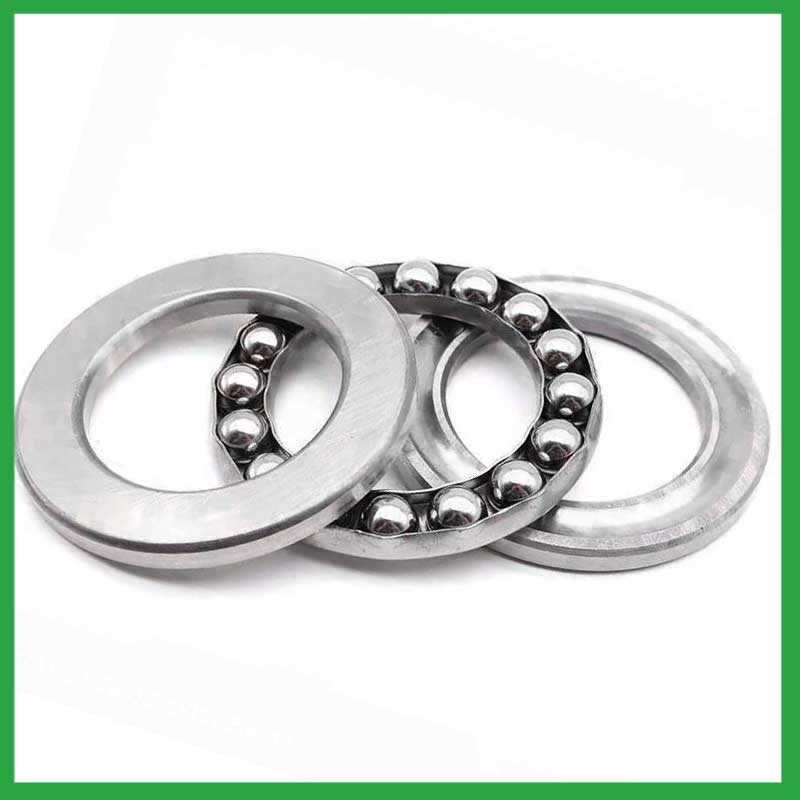
5.Can wooden ball bearing clock be used in vacuum or cleanroom environments, and what measures are taken to prevent outgassing or contamination?
Bearings specify stainless steel for vacuum or cleanroom applications as stainless steels used for the rings, balls and retainer exhibit low outgassing. They usually supply open or shielded stainless steel bearings as vacuum bearings as these will outgas less than a nitrile rubber sealed bearing.
6.Can wooden ball bearing clock be used in both vertical and horizontal orientations?
Sleeve Bearings: Sleeve bearings, also known as plain bearings, employ a simple yet effective mechanism. A cylindrical sleeve separates the rotating shaft from the stationary portion of the bearing, reducing friction and enabling smooth rotation. Sleeve bearings are characterized by their quiet operation, cost-effectiveness, and suitability for horizontal mounting orientations.
Ball Bearings: Ball bearings introduce small metal balls between the moving parts, providing enhanced durability and reduced friction. This design allows for smoother and more efficient rotation, making ball bearings well-suited for high-performance applications and vertical installations.
7.What are the wooden ball bearing clock product skill training options?
Quality comes from being controlled rather than be done. On the basis of the escalating production equipment and optimized process, Nide spare no efforts and keeps improving for quality control. Quality assurance covered with system, technology and human resources are in full swing.
8.How do wooden ball bearing clock handle radial loads, axial loads, and combined loads, and what are their load-carrying capacities?
The type of bearing used also varies between these loads. While deep-groove wooden ball bearing clock are better equipped to handle radial loads, thrust ball bearings are designed for axial loads. However, it's essential to note that most bearings, such as angular contact ball bearings, can handle both radial and axial loads.The Bearing Static Capacity, Co, is the maximum load that can safely be applied to a non-rotating bearing that will not cause subsequent bearing operation to be impaired. It is based on calculated contact stress at the center of the most heavily loaded rolling element where it contacts the Inner Race.
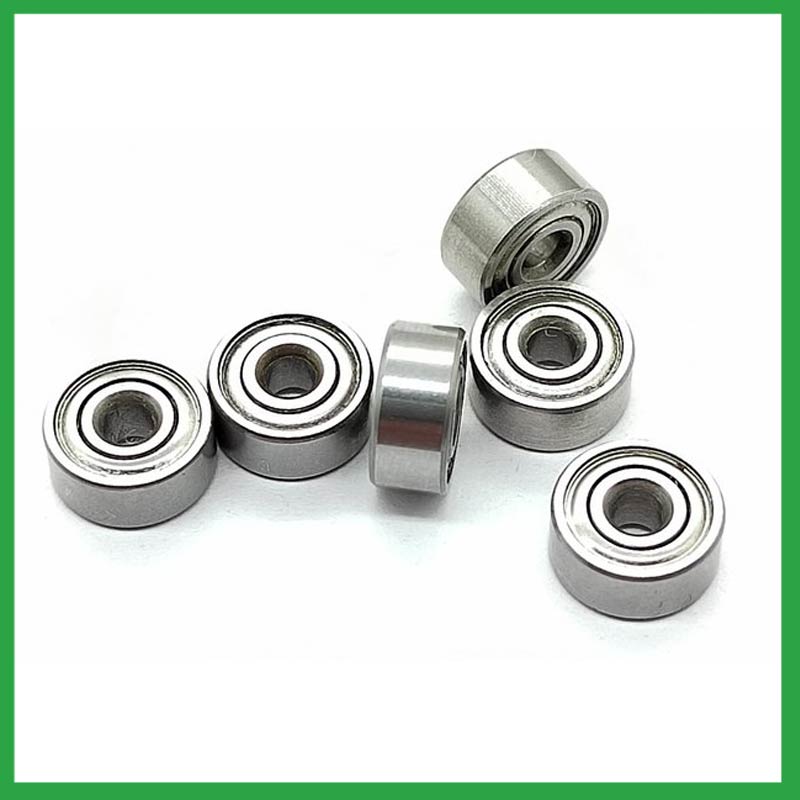
9.About wooden ball bearing clock,What about the lead time?
3-7 days for samples, 3-4 weeks for mass production.
10.What is the load distribution within a wooden ball bearing clock, and how does it vary between different bearing configurations?
The load distribution between the rolling elements and raceway is crucial in performance evaluation of rolling element bearings. Determine the load distribution by measuring the strain response at the bearing surface with a notched housing. Finite element analysis shows that the introduction of notches does not affect the load distribution. An experimental system was developed to investigate the load distribution in a cylindrical roller bearing. The experimental static load distribution agrees well with the theoretical calculation. The dynamic load at specific position of load zone reflects the manufacture difference among rollers and dynamic balance of distributing loads.
11.How do wooden ball bearing clock contribute to the overall efficiency and energy savings in industrial machinery and transportation systems?
The balls roll along the raceway, allowing for smooth rotation of the machinery or equipment. Ball bearings are used to support rotating, reduce friction and support radial and axial loads in high-load, high-speed applications where reliability and efficiency are critical.
12.Can wooden ball bearing clock handle shock loads and high-impact conditions in heavy machinery?
As a general rule, wooden ball bearing clock are used at higher speeds and lighter loads than are roller bearings. Roller bearings perform better under shock and impact loading. Ball bearings tolerate misalignment better than roller bearings do. Roller bearings can handle heavy combined radial and thrust loads.
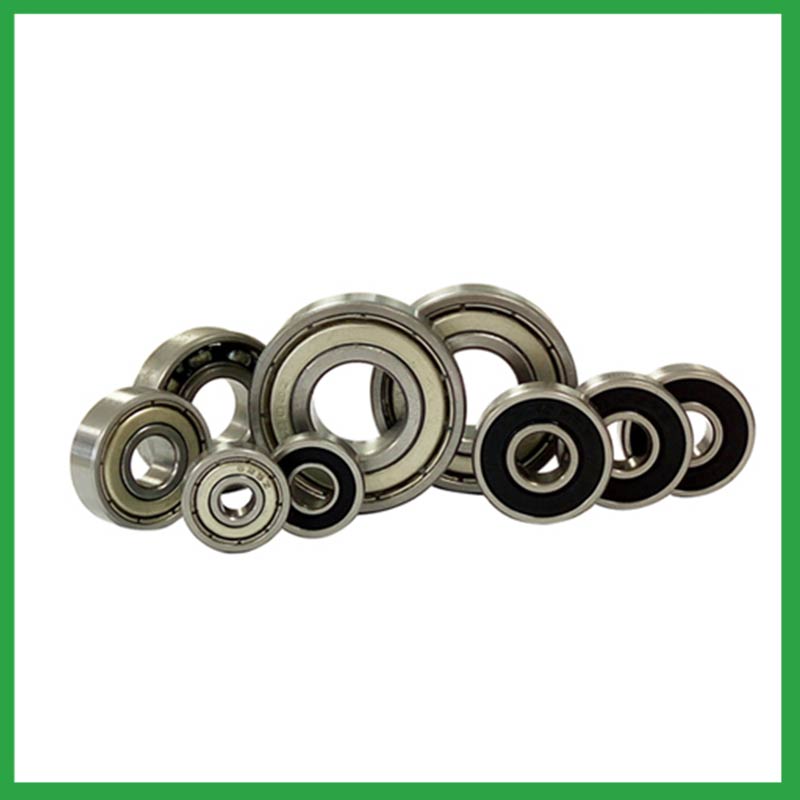
13.What are the considerations for choosing between open, shielded, or sealed wooden ball bearing clock in specific applications?
While sealed bearings offer superior protection and maintenance advantages, shielded wooden ball bearing clock can be more suitable in situations where minimal friction and operating temperature are crucial. It's essential to assess the operational environment and demands before making a selection.
14.How do different wooden ball bearing clock designs, such as deep groove, angular contact, or thrust bearings, cater to specific applications?
Deep groove wooden ball bearing clock: Deep groove ball bearings are the most common type. They can handle both radial and axial loads. Angular contact ball bearings: Angular contact ball bearings have higher than average internal axial clearance. They can handle axial loads in one direction and moderate radial loads.
15.As a wooden ball bearing clock manufacturer,How Can We Guarantee Quality?
Always a Pre-production Sample Before Mass Production;Always Final Inspection Before Shipment.
16.What are the common materials used in wooden ball bearing clock manufacturing?
Most wooden ball bearing clock are made of a type of steel known as high carbon chromium steel, often called chrome steel. This is used for reasons of cost and durability. Bearings are also made from other materials such as stainless steel, ceramics and plastic.
